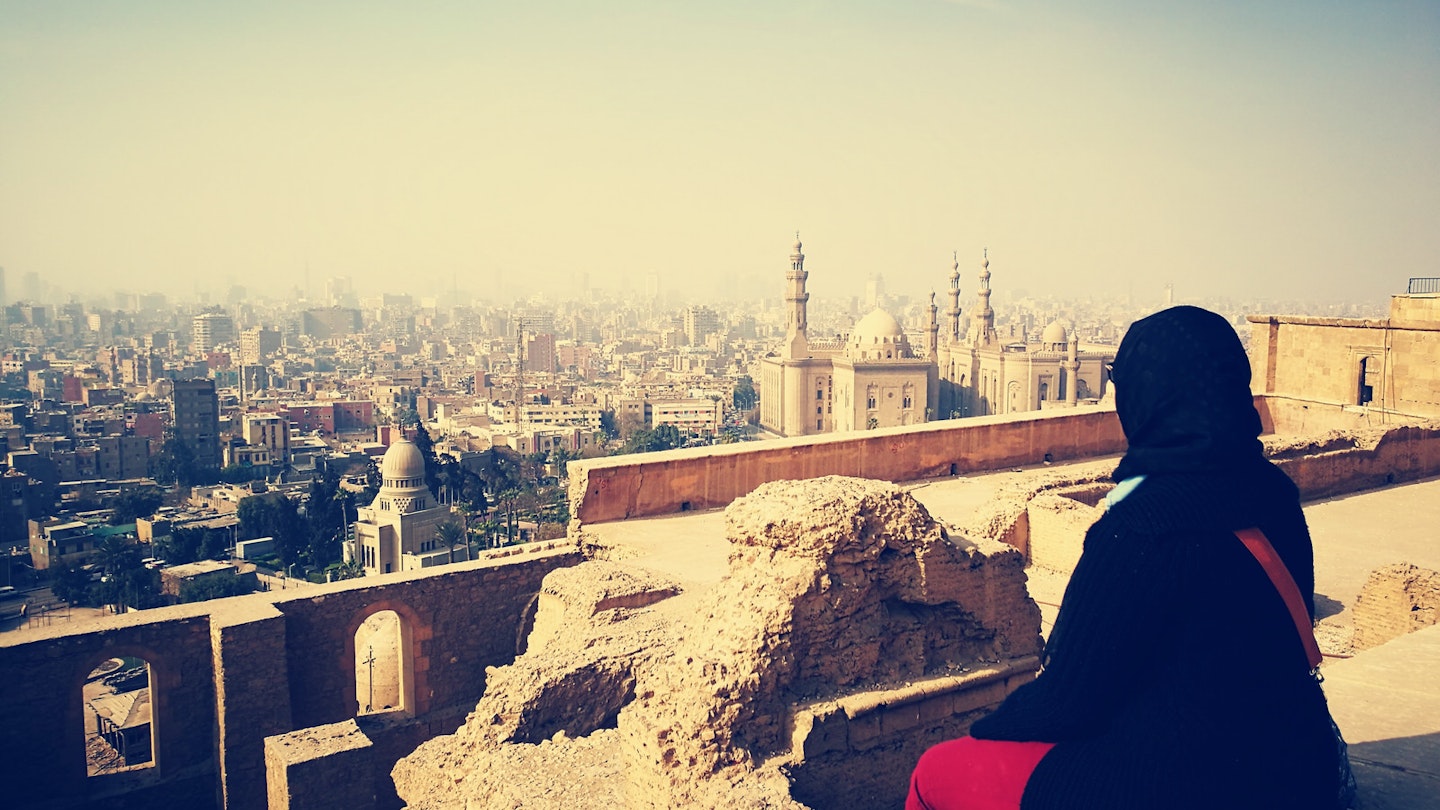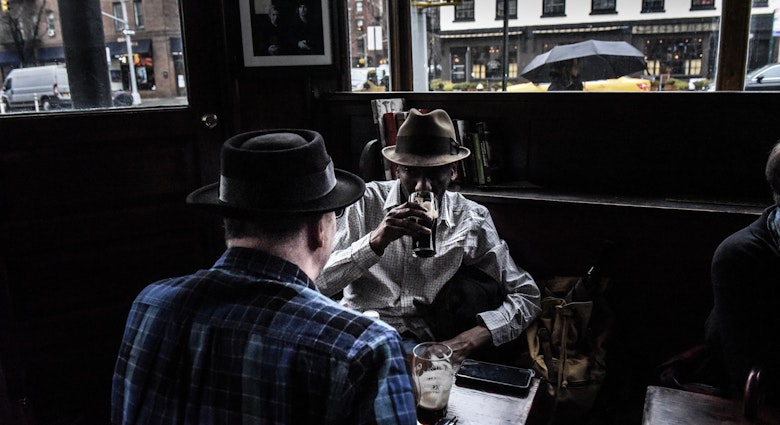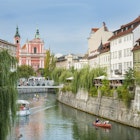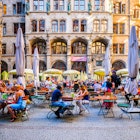Cairo’s iconic sights are among the world’s most famous, but this city has more than Giza’s Pyramids and the cache of pharaonic riches inside the Egyptian Museum. From an ex-royal residence that outshines modern bling to a bijou Sufi dervish hall befitting a storybook, this megacity hides a host of eccentric spots that are delightfully off the beaten track.
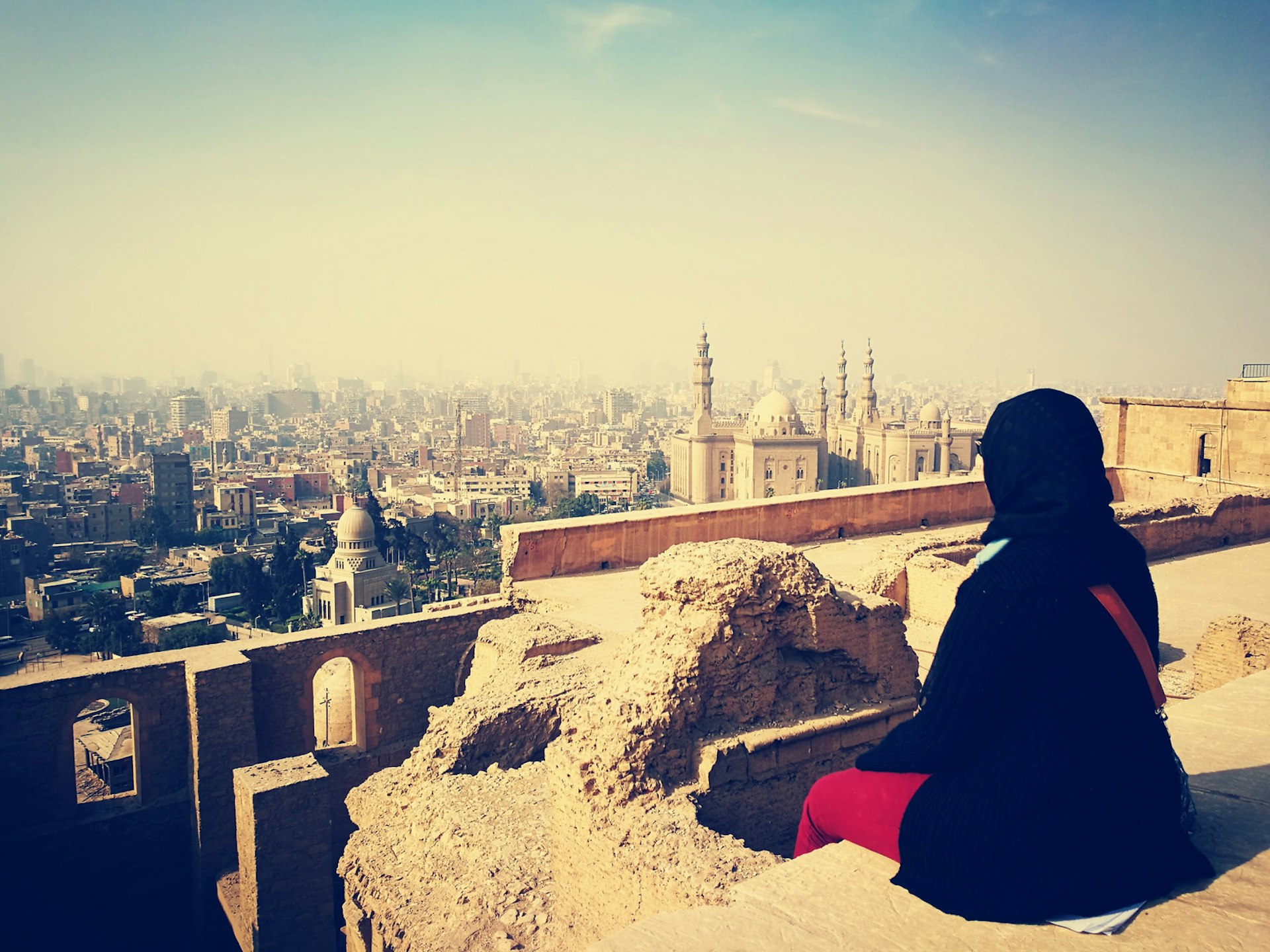
The city’s past empire-builders bequeathed it a staggering abundance of medieval-era mosques and monuments, as well as even more ancient Coptic churches. Cairo’s less-vaunted curiosities – hidden behind bland walls and snaffled down narrow alleyways – offer a more intimate glimpse behind the curtain of this city’s past. As an extra bonus, no tour buses ever bother to pull up at the entrances, and you may just be the sole visitor of the day.
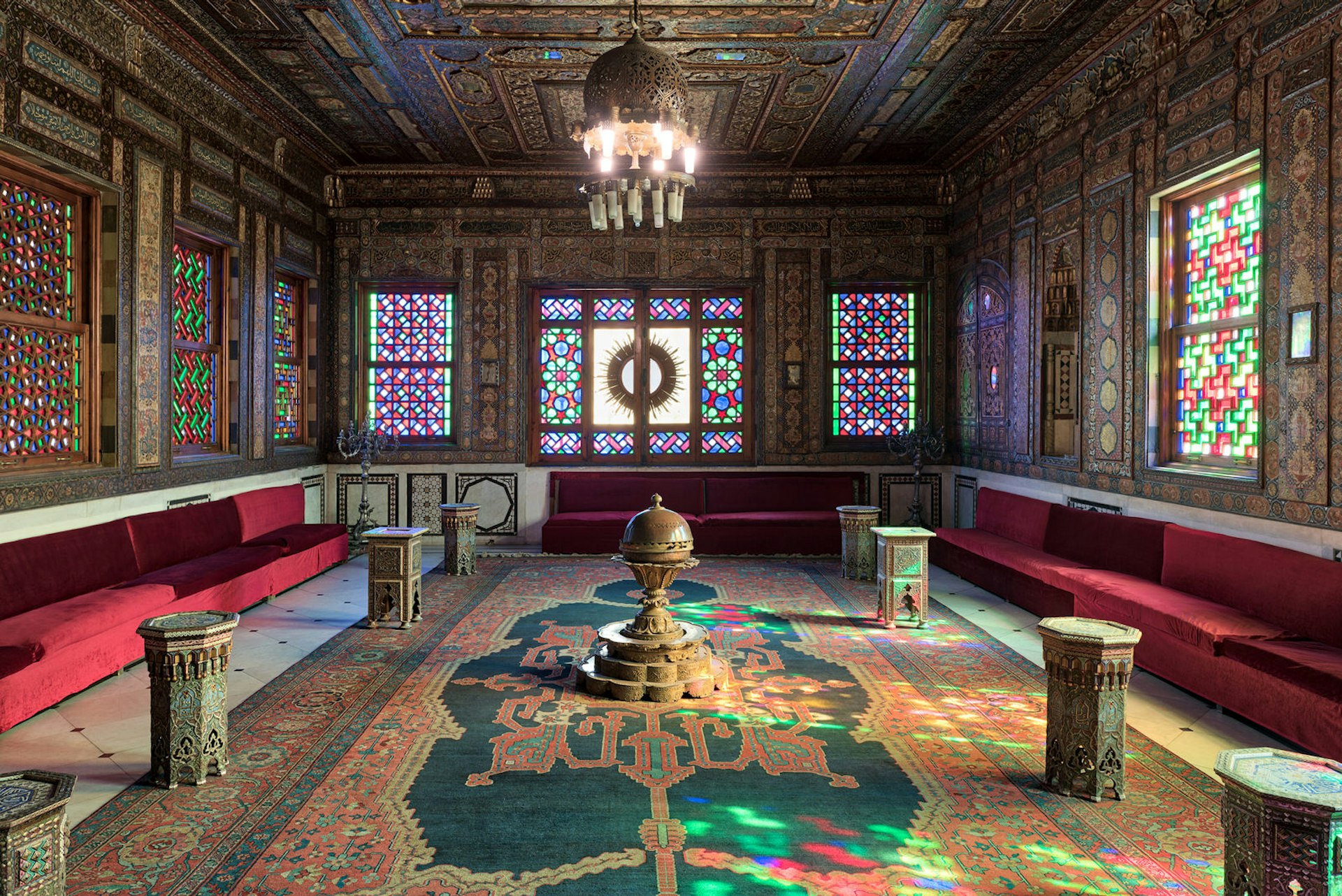
Lavish Manial Palace
Want to see how the other half once lived it up? Make a beeline to Manial Palace on Roda Island. Once home to Prince Mohammed Ali, this extravagant Nile-side pad is a no-expense-spared peek into the lives of Egypt’s one-percenters in the early 20th century. A passionate traveller, the prince widely roamed the Middle East and Europe developing something of a magpie-like sense of style. Manial Palace’s salons are showcases of that idiosyncratic spirit, fusing Islamic design with regal French and British interior fashions, handily helped along by a bulging wallet able to swipe entire collections from old regal residences he came across on his tours.
Elaborate panelled wood ceilings of intricate geometric design are edged in gold gilt and fringed with muqarnas (stalactite vaulting). Iznik tiles climb up the walls, interrupted only by stuffy oil portraits of sultans and khedives. Vast Turkish carpets cover floors in the halls, which are furnished by a wondrous combination of battered leather Chesterfield sofas, tables inlaid with mother of pearl and Andalusian-style fountains. While you’re admiring all this artistry, spare a thought for the man who was twice heir apparent but never king. The throne hall he built onsite (maybe in hope that his time would one day come) is an outrageous overload of gaudy gold detailing.
A further detour on Roda Island...
Music and fashion fans should check out the Umm Kulthum Museum, dedicated to Egypt’s beloved singing diva. It houses a stash of her fabulous stage dresses, as well as a fascinating documentary on her life.
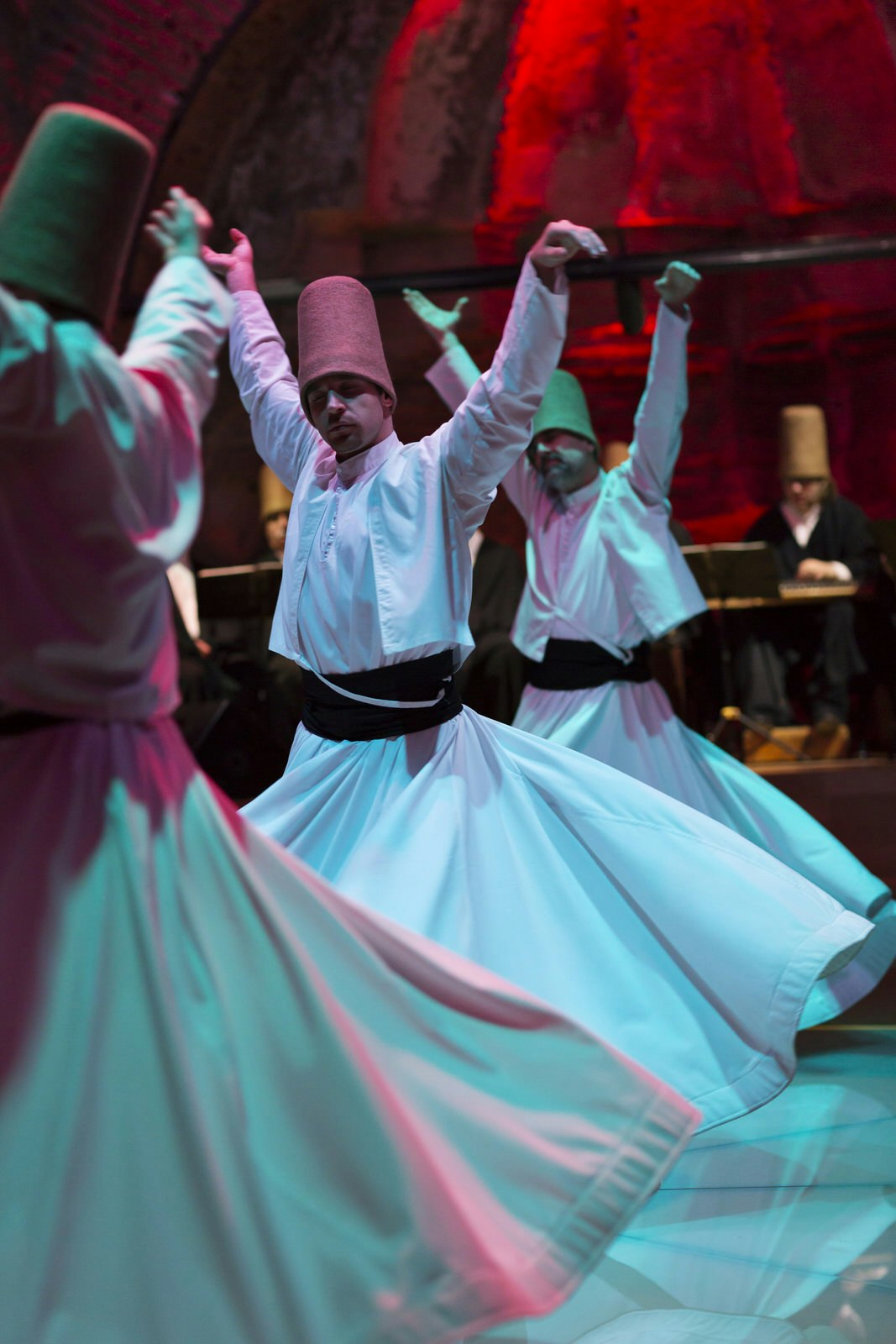
Secret Sufi hall
Wander through a grubby side street behind the Mosque-Madrassa of Sultan Hassan, spot the sign for the Italian Institute above a nondescript door and enter the Museo Mevlevi, one of Cairo’s most charming architectural gems. The Mevlevi Sufi order once had a strong presence and influence in Egypt, and this building dates from the early 19th century when the group was at its height throughout the Ottoman Empire.
Inside, the circular sama khane (ritual hall) seems to have sprung from an old-fashioned music box. It looks like a wooden theatre in miniature, but actors never trod on the central stage. Instead, this was where Mevlevi Sufi dervishes performed their ritual twirling under the pastel-washed dome. Don’t miss heading up the creaky stairs to the upper arcade, rimmed by delicate fresco frippery, where you can capture a sense of this building’s perfectly diminutive proportions in full.

While you’re in the area...
The Museo Mevlevi makes an easy stop-off if you’re walking from the Mosque-Madrassa of Sultan Hassan to the Mosque of Ibn Tulun. Don’t miss exploring the higgledy-piggledy glut of antiques and Islamic decorative arts inside the Gayer-Anderson Museum while checking out this district.
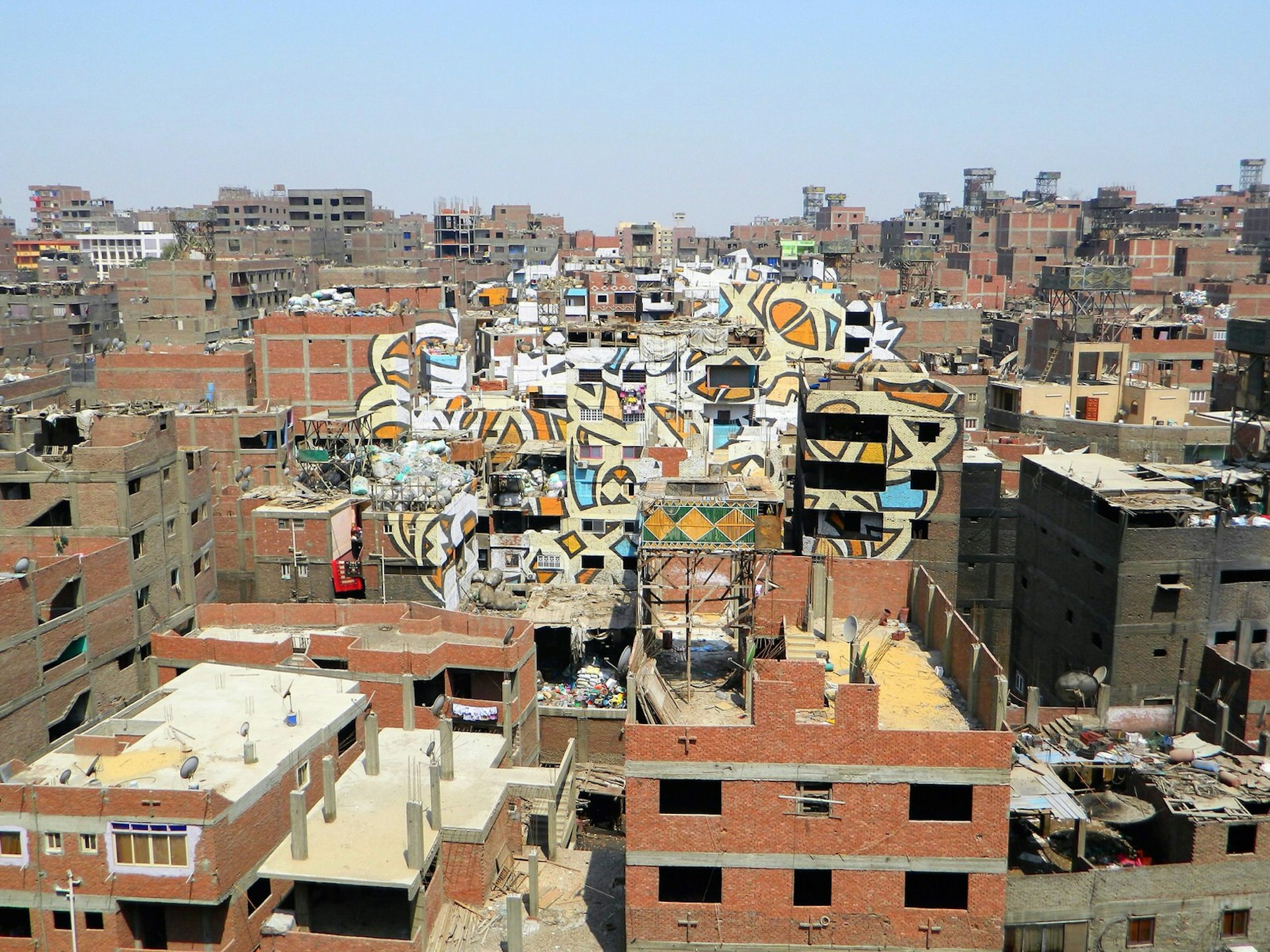
Modern street art masterpiece
Had enough of dazzling ornamentation and antique splendour? Head to the suburb of Manshiyet Nasr, which creeps up the slope of the Muqattam Hills in a densely packed maze of narrow lanes. It’s home to the vast majority of Cairo’s garbage collectors and recyclers who are often derided by broader Egyptian society. In 2016, the acclaimed street artist eL Seed used the buildings here as a vast canvas to create the Perception Mural, celebrating this community and the crucial work they carry out, which keeps Cairo’s creaking infrastructure functioning. The exuberant swirl of Arabic calligraphy incorporates 50 buildings to form a quote by St Athanasius: ‘Anyone who wants to see the sunlight clearly needs to wipe his eyes first’. Head up to the ridge to take in this modern addition to the panorama, which stretches out across the minaret-spiked cityscape of the Islamic Cairo district beyond.

If you’re on the Muqattam Hills...
The ridge upon the Muqattam Hills is home to a clutch of modern Coptic churches carved out of the cliffs. The largest one, the Church of St Simeon the Tanner is a vast rock-cut amphitheatre, which can seat 17,000 worshippers and is thought to be the largest church in the Middle East.
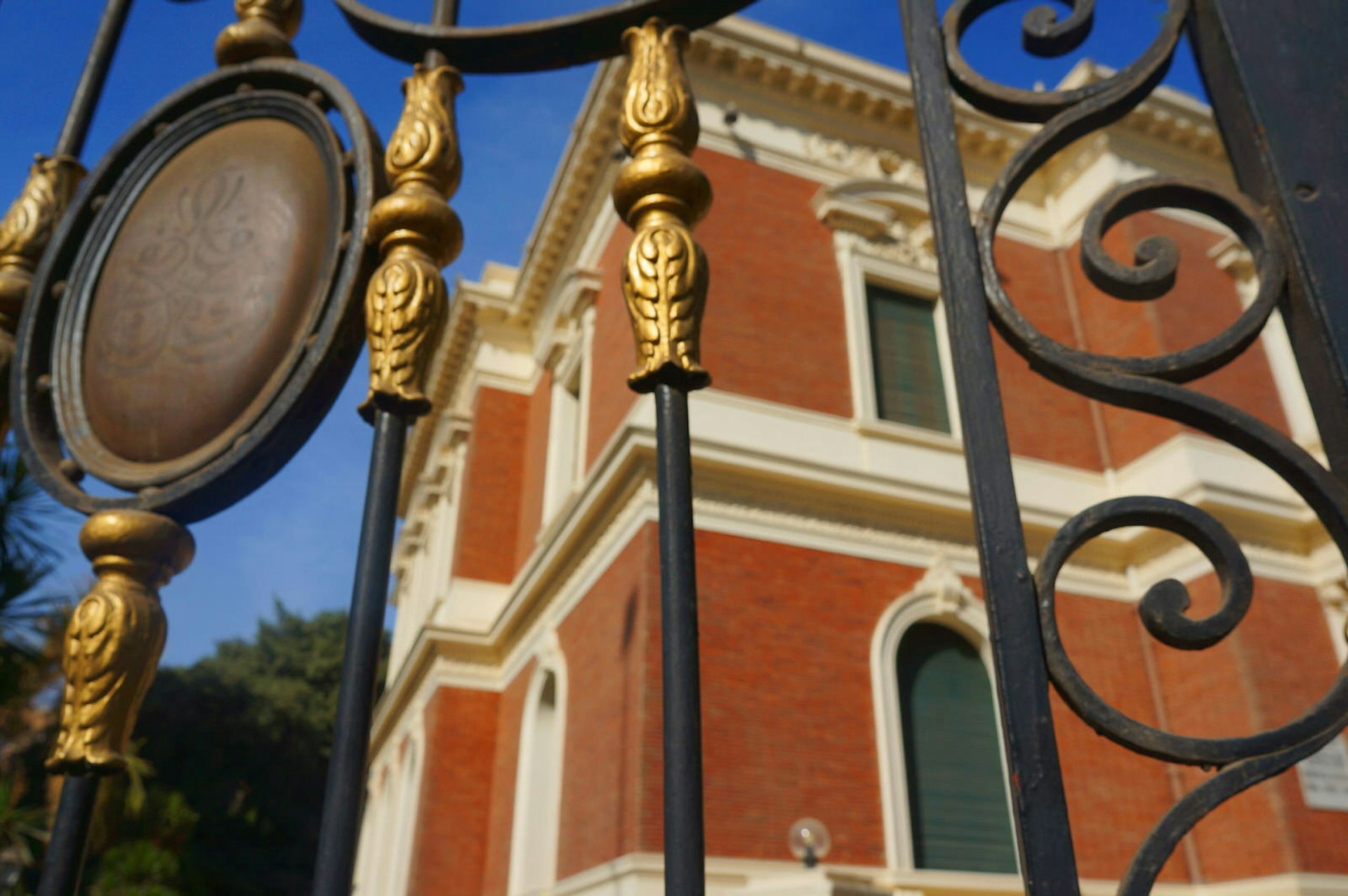
Rococo gem
This place is not so much a splash of Rococo glitz as an entire soaking. The recently restored interiors of the Aisha Fahmy Palace in Zamalek take baroque to the extreme. Once home to one of King Farouk’s army bigwigs, Ali Fahmy (the house is named after his daughter), the interiors of lacquerwork and silk-panelled walls, replete with mock classical frescoes and an entire room draped ceiling to floor in Chinoiserie are a frenzy of joyful, over-the-top design.
Glide your way up the wide central stairway, loomed over by a triple-arched stained glass window, to feast your eyes on salons where minimalism was most definitely a dirty word. This place drips all-out decadence from every cornice. Today it’s used as a cultural centre, and there are often temporary art exhibitions held within the halls, but you’ll probably spend most of your time gawping at the walls and ceilings rather than at the exhibits.
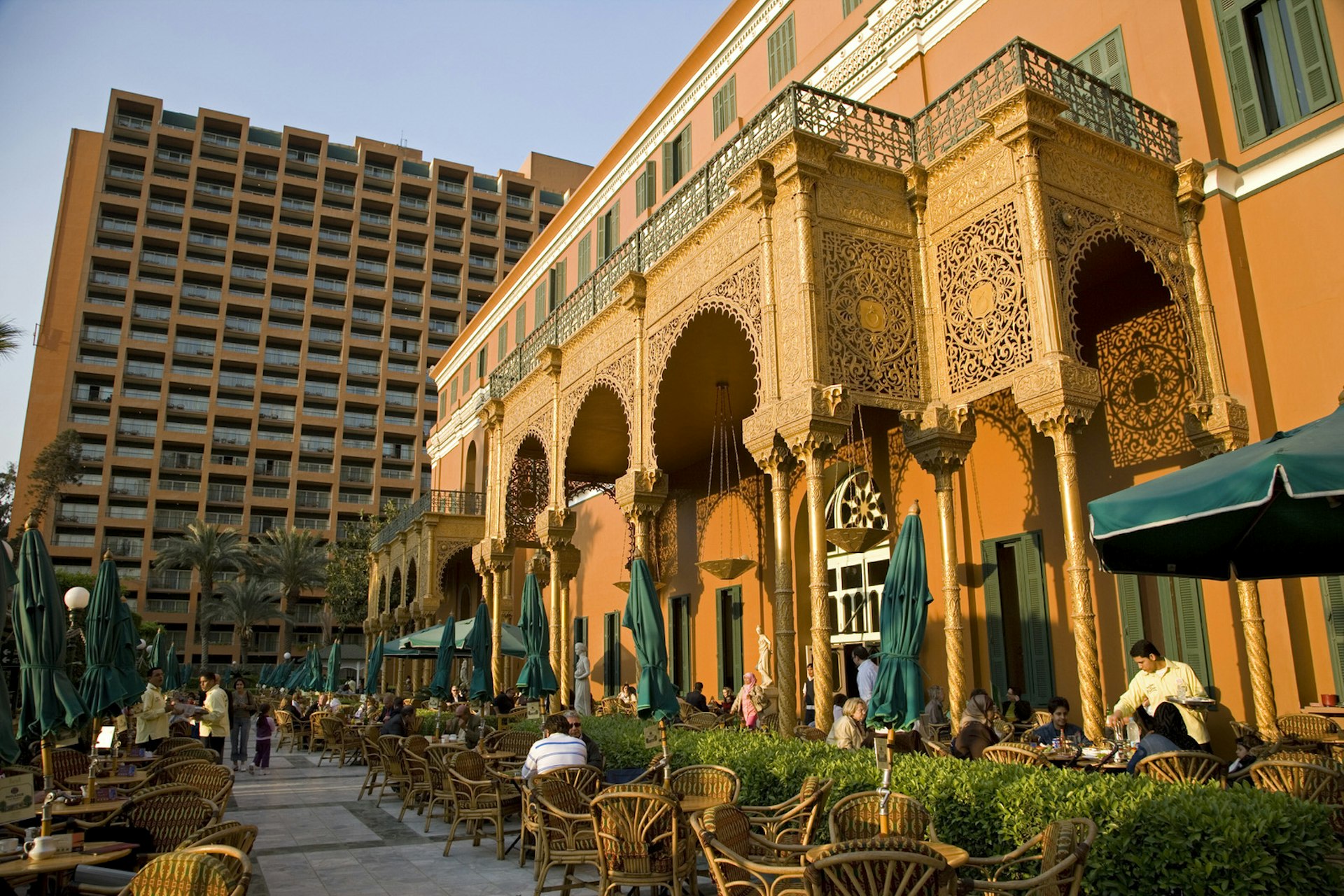
While in Zamalek...
If your eyes can still handle a bit more opulence, head across the road to the Cairo Marriott, once Khedive Ismail’s palace. You don’t need to stay here to be able to stroll through the fine drawing rooms and grand old ballroom, which now function as the heart of this hotel.
